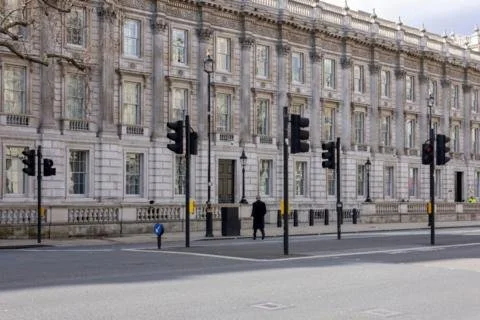Inside the Crisis Room: Secrets of the UK Government's Emergency Headquarters Revealed
Step inside the UK’s Cabinet Office Briefing Rooms (COBR), where strategic decisions shape emergency responses. For the first time, insights from inside this highly secretive government crisis room have been unveiled by the BBC’s Newscast. Upon entering, visitors are struck by the seriousness of the environment—contrasting sharply with the expectation of a typical office setting.
The room’s centerpiece features a long table surrounded by chairs, with the chairperson, typically the Prime Minister, firmly in command. High-tech screens dominate the walls, displaying real-time data alongside a digital clock tracking time zones from Washington DC to New Delhi—demonstrating the room’s role in responding to international crises, such as a recent Air India plane crash.
The National Situation Centre (SitCen), led by the dedicated Roger Hargreaves, plays a pivotal role in the government’s updated response system. The Covid-19 pandemic exposed major vulnerabilities in preparedness, driving the government to enhance its coordination and contingency strategies. Recognizing the dangers of only preparing for past crises, senior minister Pat McFadden discusses the importance of adaptability in crisis response.
The article highlights an upcoming national test of the government’s emergency alert system, allowing 87 million mobile phones to receive simultaneous notifications—akin to testing a fire alarm.
Data is at the heart of the operation, with the government now able to analyze realtime datasets, including newly created vulnerability maps. These maps identify populations in need during emergencies, ensuring that crucial resources are directed where they are needed most.
In this raw environment, devoid of party politics, officials are focused on public safety and welfare during crisis situations. The government’s willingness to open its doors and showcase its enhancements reflects a commitment to learning from past mistakes, yet the looming question remains: Will they be prepared for the unique challenges of the future?

